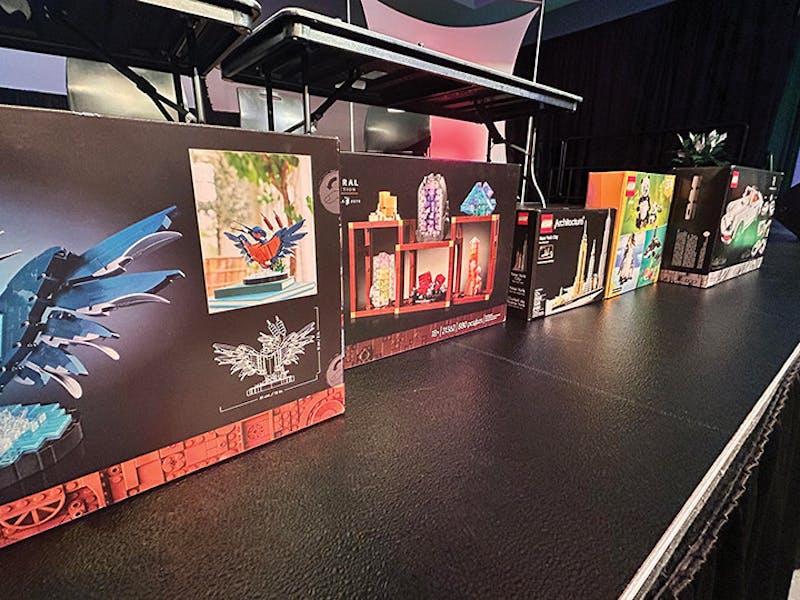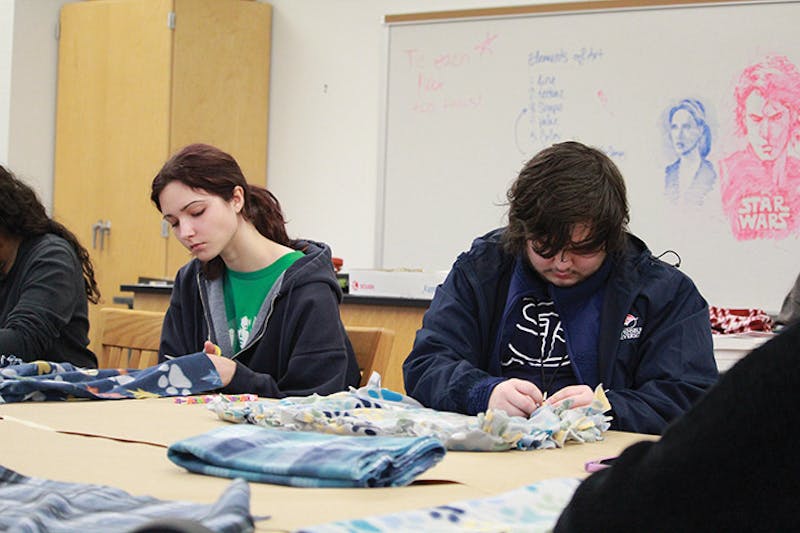Christina Luo and Christine Senecal, Shippensburg University associate professor of history, celebrated the Halloween season by hosting a session about monsters and magic in the Middle Ages on Oct. 24.
The session began with Senecal discussing monsters in the medieval period. She displayed medieval art portraying various monsters, mostly from Western Europe. Senecal explained how monsters were “objects of wonder and moral examples.”
In the Middle Ages, people wrote about monsters to influence others to behave in a moral, and often Christian, way. She spoke about how some monsters were just believed to be creations of fiction while others were truly believed and feared.
Senecal also mentioned the Greek and Roman influences on Western European monsters, along with Nordic and Icelandic literature on monsters. She told “ghost stories” about monsters she believed were interesting.
Senecal ended her segment by speaking about how medieval people viewed vampires, werewolves and ghosts along with how their views differ from the modern perception.
Luo began her segment by defining magic and how it was perceived during the Middle Ages. She explained how there was ceremonial high magic, which was ritualistic and “prescribed,” according to Luo. She explained how it was primarily upper-class men who participated in this kind of magic. She then discussed folk low magic, which she described as “the people’s magic.” This was the kind of magic women were allowed to practice. It generally consisted of herbalism, charms, and what the modern person thinks of when they think of witches.
Luo then spoke about how medieval people used magic to protect, heal and help themselves. She explained how magic and early science were intertwined and highlighted spells that had actual healing properties due to the ingredients used. She then spoke of witches and how they were viewed as using evil or dark magic, which was magic used to harm others. Luo then discussed the various herbs and ingredients that were used by people practicing magic, which included corpses.
The session ended with a Q&A, where Luo and Senecal kept up their witty remarks and thorough but easily understandable explanations.
“Both the presenters were very knowledgeable. It’s always fun to see professors talk about their specialties,” said SU student Steph Craven.
Senecal said, “I hope that they had a fun time. A lot of times in academic settings, we too often associate with work. And [fail] to notice how interesting history can be.”



The Slate welcomes thoughtful discussion on all of our stories, but please keep comments civil and on-topic. Read our full guidelines here.